Types of CCTV Camera and Its Components
Explore CCTV types and components for effective surveillance solutions at home.
CCTV Camera Types
CCTV cameras come in various types, each serving specific surveillance needs. Dome cameras, discreetly ceiling-mounted, are ideal for general monitoring. Bullet cameras, with their sleek design, offer long-range focus for specific areas. PTZ cameras provide flexibility with pan, tilt, and zoom capabilities. IP cameras connect to networks for remote access, while wireless cameras simplify installation. Infrared cameras ensure night vision, crucial for low-light environments. Choose the type that best suits your security requirements.
IP Cameras
An IP camera, or Internet Protocol camera, connects to a network for remote monitoring. Unlike traditional CCTV cameras, it transmits data over the internet, allowing users to view footage from anywhere. IP cameras are versatile, supporting advanced features like motion detection and easy integration with other smart devices. With straightforward installation and user-friendly interfaces, IP cameras are a practical choice for modern surveillance needs, offering enhanced security and peace of mind.
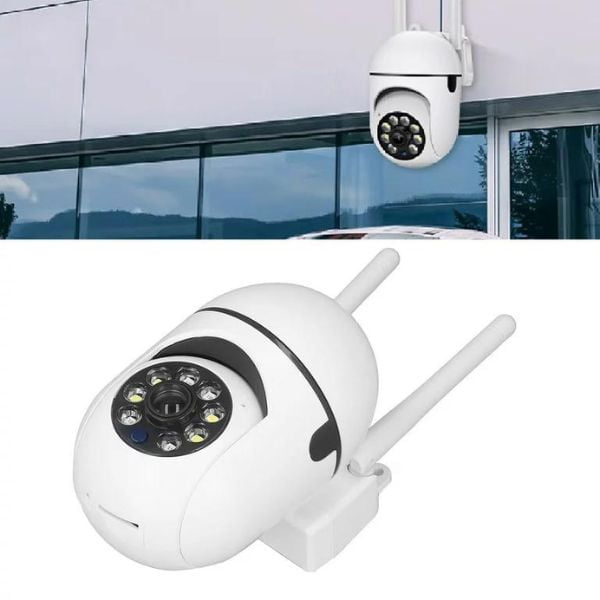
Analog Cameras
Analog cameras, the traditional choice for surveillance, capture and transmit video signals through cables to recording devices. Simple and cost-effective, these cameras are suitable for basic security needs. While they lack some advanced features of newer technologies, analog cameras remain reliable for straightforward applications. Easy to install and operate, they serve as an accessible option for those seeking basic video surveillance without the complexities of more modern systems.
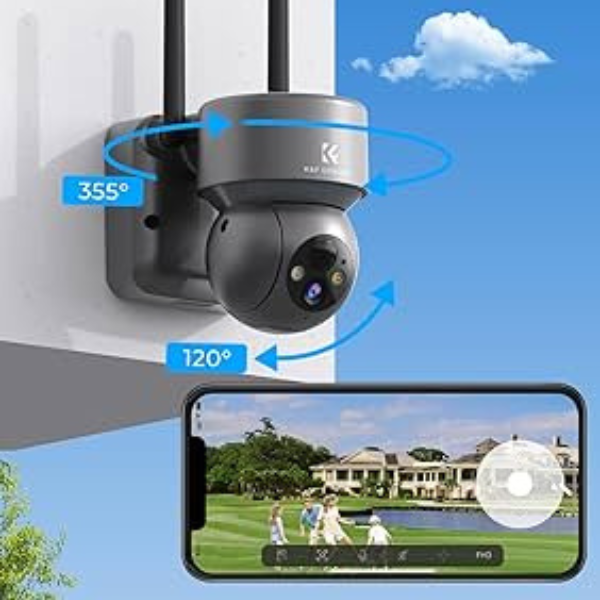
Wireless Camera
Wireless cameras are easy to set up because they don’t need cables. You can place them wherever you want without any restrictions. Whether it’s your home or business, these cameras offer convenience and peace of mind. Wireless cameras deliver a practical and user-friendly solution.
Difference Between Analog Camera and IP Camera
Analog CCTV Camera
- Transmits video signals via cables.
- Suitable for basic security needs.
- Simple and cost-effective
- Analog uses cables, while IP connects to networks.
IP CCTV Camera
- Connects to networks for remote access.
- Offers advanced features like motion detection.
- Versatile, supporting integration with other smart devices.
- IP cameras provide more advanced features.
Thermal Camera
A thermal camera detects heat signatures, helping identify temperature variations in its field. Perfect for darkness or low light, it’s used in security, industry, and more. These cameras find applications in various sectors, from security to industrial processes, providing an additional layer of information beyond what the eye can see. Easy to use, they offer valuable insights by highlighting temperature differences, ensuring enhanced safety and surveillance capabilities.
ANPR Camera
An ANPR camera reads license plates, helping identify vehicles for various purposes. Unlike regular cameras, it’s specialized for this task, making it effective in traffic management, law enforcement, and parking systems. These cameras play a crucial role in automating processes that involve vehicle identification. User-friendly and efficient, they provide valuable information by quickly capturing and interpreting license plate data, contributing to enhanced security and streamlined operations.
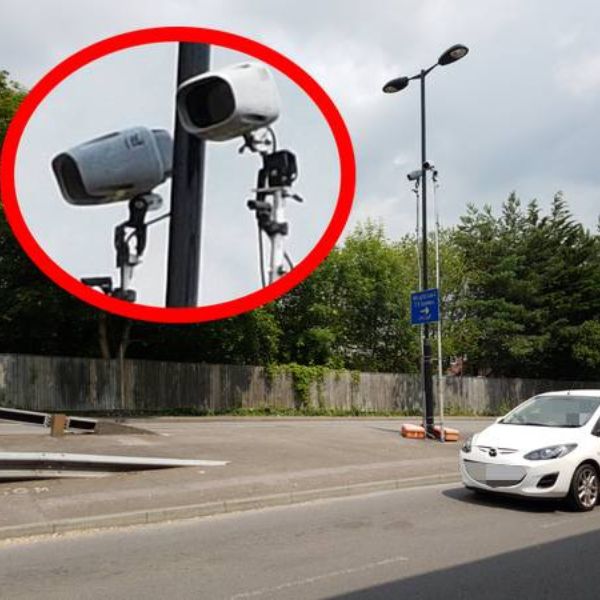
PTZ Cameras
PTZ cameras are versatile as they can Pan, Tilt, and Zoom, allowing flexible surveillance coverage. Unlike fixed cameras, PTZ cameras move to capture different angles and zoom in on details. Ideal for monitoring larger areas, they enhance security by providing a broader view. Easy to control, these cameras are user-friendly and suitable for various applications, from homes to businesses. With their ability to adjust focus, PTZ cameras offer practical solutions for effective and dynamic surveillance.
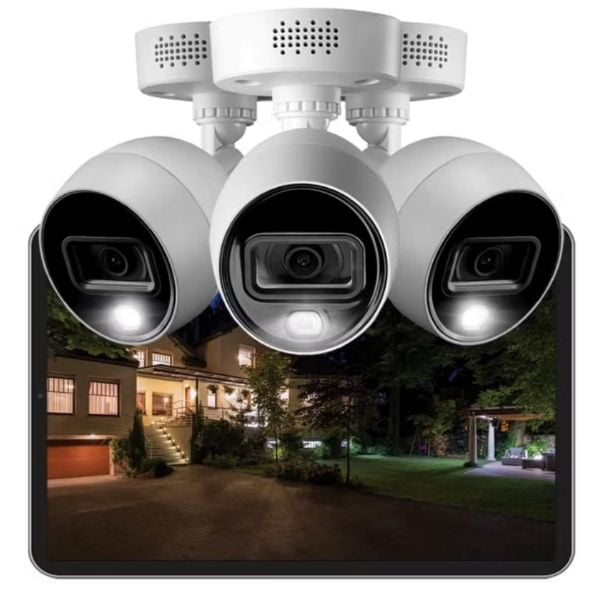
Night Vision Camera
A night vision camera sees in low-light conditions, capturing clear footage even in the dark. Unlike regular cameras, it uses infrared technology to illuminate the surroundings, making it effective for nighttime surveillance. This type of camera is valuable for enhancing security in various settings, from homes to businesses. Easy to use, night vision cameras provide an extra layer of visibility when lighting is limited, ensuring reliable surveillance and peace of mind around the clock.
CCTV Components
CCTV systems consist of various components working together to ensure effective surveillance Understanding these components helps design a CCTV system tailored to specific security needs.
NVR (Network Video Record)
An NVR, or Network Video Recorder, is a crucial part of a CCTV system. It records and stores video footage from IP cameras over a network. Unlike traditional DVRs, NVRs offer greater flexibility in terms of remote access and scalability. They simplify video management and enhance system capabilities, ensuring efficient and reliable storage of surveillance data. Easy to set up and use, NVRs play a key role in modern video surveillance, providing users with accessible and secure footage storage.
DVR (Digital Video Recorder)
A DVR, or Digital Video Recorder, is an essential part of CCTV systems. It records and stores video footage from analog cameras onto a hard drive. With user-friendly interfaces, DVRs simplify playback and management of recorded videos. They offer a cost-effective solution for basic surveillance needs, providing a reliable and accessible way to store and review footage. DVRs continue to be a popular choice for those seeking straightforward video recording and playback functionalities in their security setups.
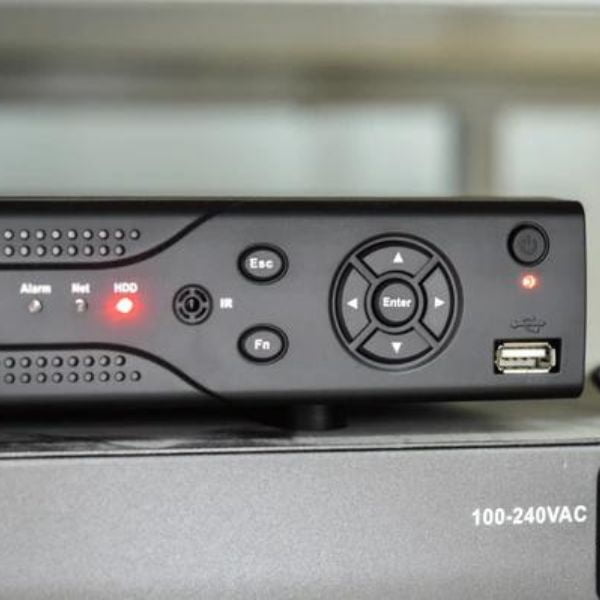
Difference Between NVR And DVR
NVR System
- Records video from analog cameras.
- Stores footage on a local hard drive.
- Connected via cables.
- Limited scalability
- NVR for IP cameras.
- NVR uses networks.
- NVR can use local or cloud storage.
DVR System
- Records video from IP cameras.
- Connected via networks.
- Stores footage on a local or cloud-based system.
- Greater scalability and flexibility.
- DVR for analog
- DVR uses cables
- DVR stores locally
Monitors
Monitors are display screens used in CCTV systems to showcase live or recorded video footage. Acting as the visual interface, they play a crucial role in surveillance setups. Monitors come in various sizes and resolutions, providing flexibility based on specific monitoring needs. Whether used for real-time observation or reviewing recorded incidents, monitors contribute to the effectiveness of CCTV systems by presenting clear and visible images, ensuring that security personnel or users can easily interpret the video content.
Storage
Storage is where CCTV systems store recorded video data for future reference. It acts like a digital library, holding the footage captured by cameras. The amount of storage needed depends on factors like camera resolution and recording duration. Reliable and efficient storage is crucial for maintaining a comprehensive record of events. Whether using hard drives, solid-state drives, or cloud-based solutions, proper storage ensures that surveillance data is securely preserved, allowing easy retrieval when needed for analysis or evidence.
